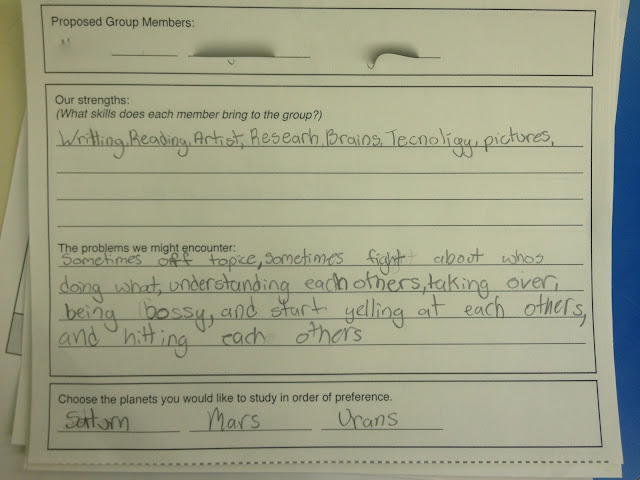Our Virtual Learning Space
Keelercommons.weebly.com
"The minute I dropped out I could stop taking the required classes that didn't interest me, and begin dropping in on the ones that looked interesting." - Steve Jobs
I believe that the statement above is in support of the Learning Commons Virtual Space we are aiming for at Keeler School: A site that students
contribute to and
choose to use from any device, at any time, simply because they can't stop thinking about their schoolwork!
We've been working extremely hard on the philosophy in the school and on the physical space in the Learning Commons itself. Now, though, the focus has shifted to anywhere, anytime learning.
We chose Weebly as a site-creation tool because it looks great on all devices. It is also extremely easy to embed collaborative documents, forms, spreadsheets (from Google Docs), and PDFs (scribd.com). It is important that google forms can be embedded in there, as we are a google trial school and we're finding the feedback to be invaluable. Here is what we have included so far.
Tutorials.
I've found that I'm teaching the same "click here, now here, now here" to help students with simple or complex tasks on their computer... So the next logical step was to create short, snappy tutorials to help students out!The newest section on our virtual space is tutorials.
Students and teachers can hover their mouse over Tutorials and select the program they are using. By clicking the video that is connected to what they need they are stepped through whatever they are struggling with. I'm trying to keep the clips under 2:30, so they can be watched and absorbed quickly. I've found this to be helpful as students can watch a tutorial as frequently or infrequently as they need - meaning that it levels the playing field a bit. And if students are working at home, they can see them there as well, 24-7.
I've tested this out during a few classes at this point, and found it hugely successful - despite how strange it was to hear my voice coming from different corners in the Learning Commons!
 Projects.
Projects.
This section is dedicated to projects that are taking place in the LC. Students are able to click on their current unit of study to find links to resources or online work they are doing (for example, the grade 4s are working on their first Wiki). This section will hopefully grow to include teacher write-ups about the projects, student samples, rubrics and links. We'll see... It's still young!
Forms.
By embedding google forms, all students can feel like they have a say about what is not only on the site (as in links, pictures, etc.), but they will also feel that they have a say about what books are in the Learning Commons. I'm just getting this going, so I'm offering a prize to students who provide the best resources in the 4th and 5th grades... Hopefully in the future I won't need to do this...
Teachers have also been using embedded google forms. And it has been an astounding way to communicate with our technician who we only host for 3 hours a week. In this section, teachers are able to report any technical problems with their SMART Boards, student computers, teacher computers, or printers. So far, it seems like a promising way to remove the middle man (me) from wasting time attempting to solve problems that are time consuming and complex!
Class Web Pages.
We signed up to use the project server from the Calgary Board of Education and made it available for teachers to create class web pages on iWeb. Student work is being posted up in a variety of ways - sometimes it is pictures of students working in the classroom, problem solving a task. Other times, teachers are using the blog feature to showcase student writing. This has created a sense of pride in the students, and we have found the visits to our sites steadily increasing.
Links.
We've included links to everything from the Khan Academy to Glogster. We're looking for students to take initiative and either check up on concepts they don't fully understand, or to try a new web 2.0 tool. It's my belief that we should not shelter students from these tools, but instead teach them how to use them in a responsible way. When we asked our students in grade 6 last year who was on Twitter about half of them raised their hands. When asked if they upload to Youtube, about a third of them admitted to having a channel. They are going to do it anyway, we need to teach them how to be smart, not turn a blind eye!
We have links as well to the e-library (CBE's online catalogue). In the future, I'd like to post tutorials on how to use a catalogue and how to find books through the Dewey Decimal Stystem.
Admiral Use Policy.
We have also included a page dedicated to our
Admirable Use Policy at Keeler School. This was developed at the start of the year, and we're hoping to get students using it and thinking about how to properly behave online. Again, I was thinking about having students create videos describing digital citizenship... I just need to overcome the paperwork and see if we can put them online!
Feedback.
I'd love feedback... If you're reading this you are most likely connected to education in some way or other. What would you add? What should be taken out/simplified? Do you have any suggestions for other great Web 2.0 tools to help students to represent their learning?
Thanks,
Mike MacKenzie


















































